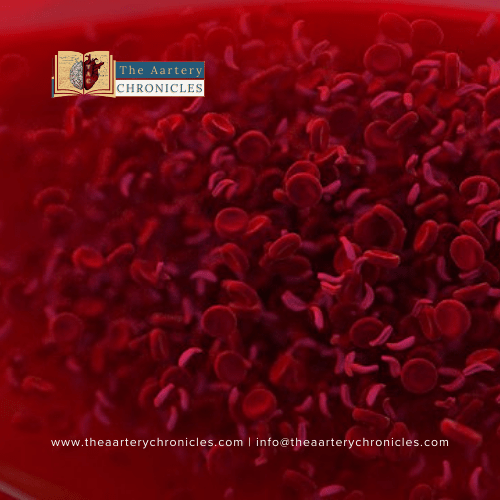
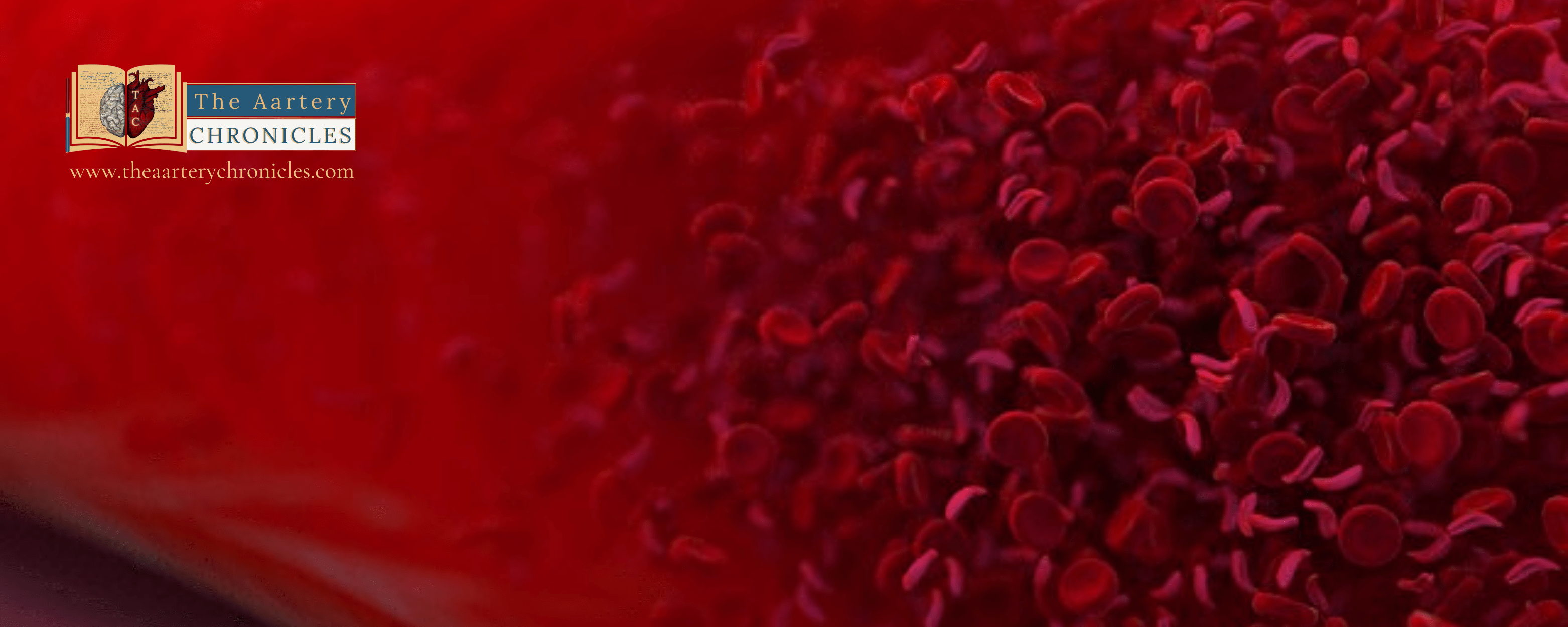
Iron Matters: A Comprehensive Guide to Nutritional Wellness
We always talk about how important it is to incorporate vitamins and minerals in our diets, but what about iron? Why is it so important? Iron, a humble mineral, plays a colossal role in ensuring our bodies function optimally. Iron comprises 5% of the earth’s crust. Despite its abundance on earth, iron deficiency is widespread in humans, ranking it as the most prevalent cause of anaemia worldwide. Obstacles involving economics, cultural barriers and infectious diseases have made it difficult to eradicate this disease. In this article, we embark on a journey through the multifaceted realm of iron, exploring its functions within the human body, unveiling dietary sources, and offering practical solutions for combating iron deficiency anaemia.
The Mighty Role of Iron:
Iron, an essential trace element, is the backbone of several crucial bodily functions:
1. Oxygen Transport:
Iron serves as the cornerstone for haemoglobin, the red pigment in our blood responsible for transporting oxygen to every nook and cranny of our body. Without sufficient iron, this orchestra falters, leading to anaemia, fatigue, and a host of other health issues.
2. Cellular Respiration:
Iron is a key component of myoglobin, aiding in the storage and release of oxygen within muscle cells, and facilitating physical activity.
3. Enzyme Function:
Iron plays a pivotal part in enzymatic processes, aiding in energy production and DNA synthesis. It acts as a catalyst, facilitating countless biochemical reactions that are essential for life.
4. Neurotransmitter Production:
Iron is essential for the synthesis of neurotransmitters like dopamine, norepinephrine, and serotonin, influencing mood and cognitive function.
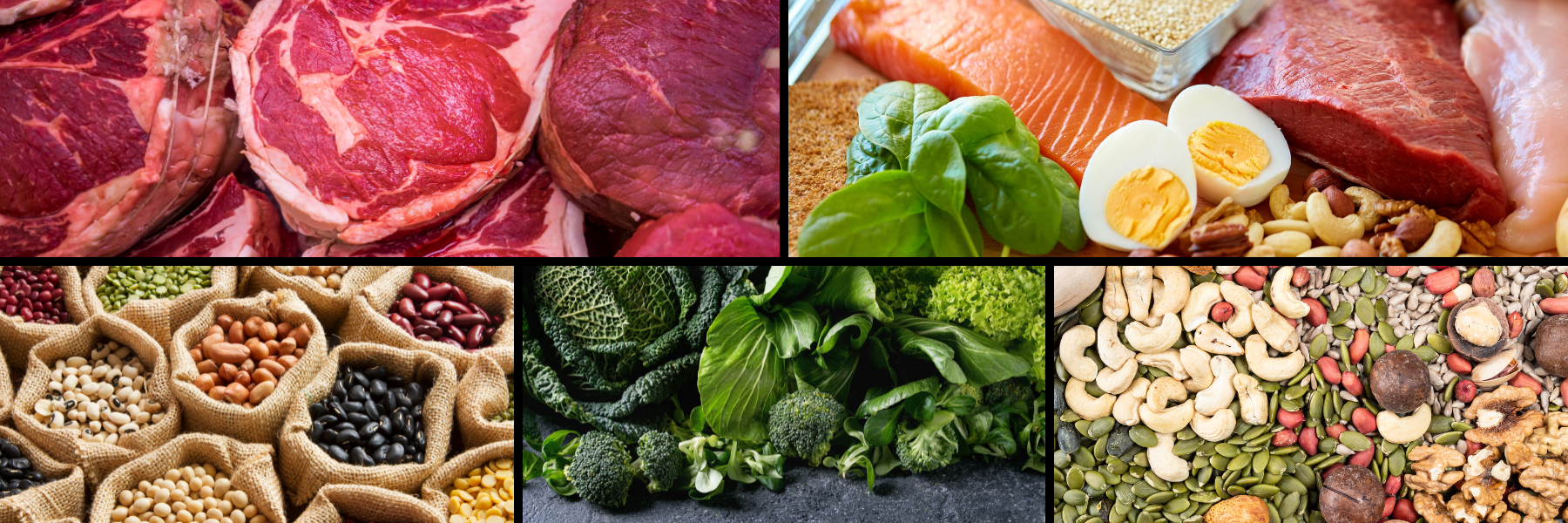
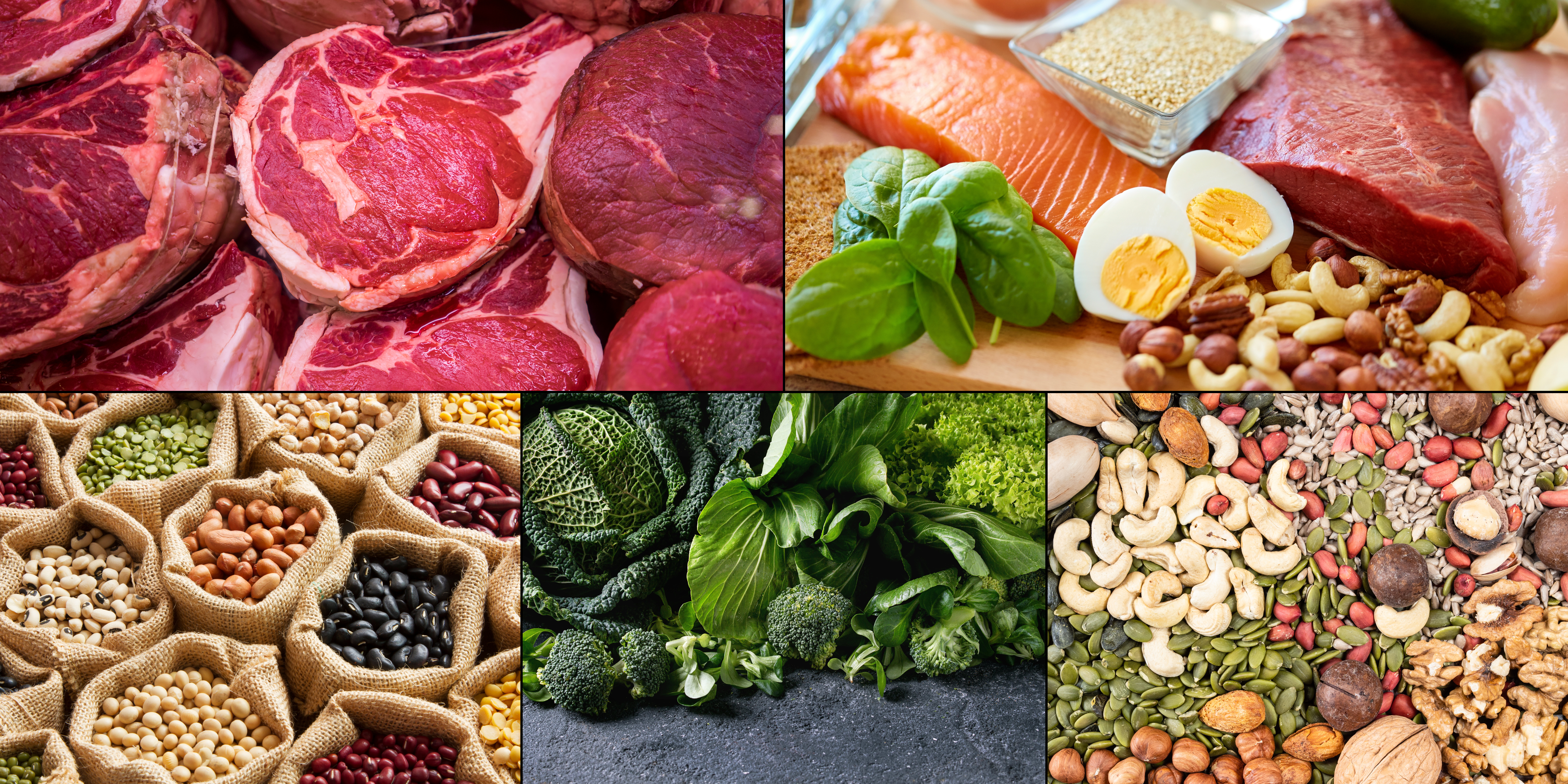
Uncovering Iron Sources:
Ensuring an adequate intake of iron-rich foods is paramount in preventing deficiency. It’s crucial to identify diverse and readily accessible sources. There are two types of dietary iron: heme and non-heme.
- Heme iron is found in animal-based foods and is more readily absorbed by the body.
- Non-heme iron, on the other hand, is present in plant-based foods and is absorbed less efficiently than its heme counterpart. Pairing it with vitamin C-rich foods, like oranges or bell peppers, can significantly enhance its absorption.
Here's a diverse list of iron sources:
Lean Red Meat: Beef, lamb, and liver are exceptional sources of heme iron.
Poultry and Fish: Chicken, turkey, and fish like salmon and tuna provide substantial amounts of heme iron.
Plant-Based Options: Legumes such as lentils, chickpeas, and soybeans, along with tofu and fortified cereals, offer non-heme iron, though absorption is increased when consumed with vitamin C-rich foods.
Leafy Greens: Spinach, kale, and collard greens are packed with iron, albeit in non-heme form.
Nuts and Seeds: Pumpkin seeds, almonds, and cashews also prove to be good sources of iron.
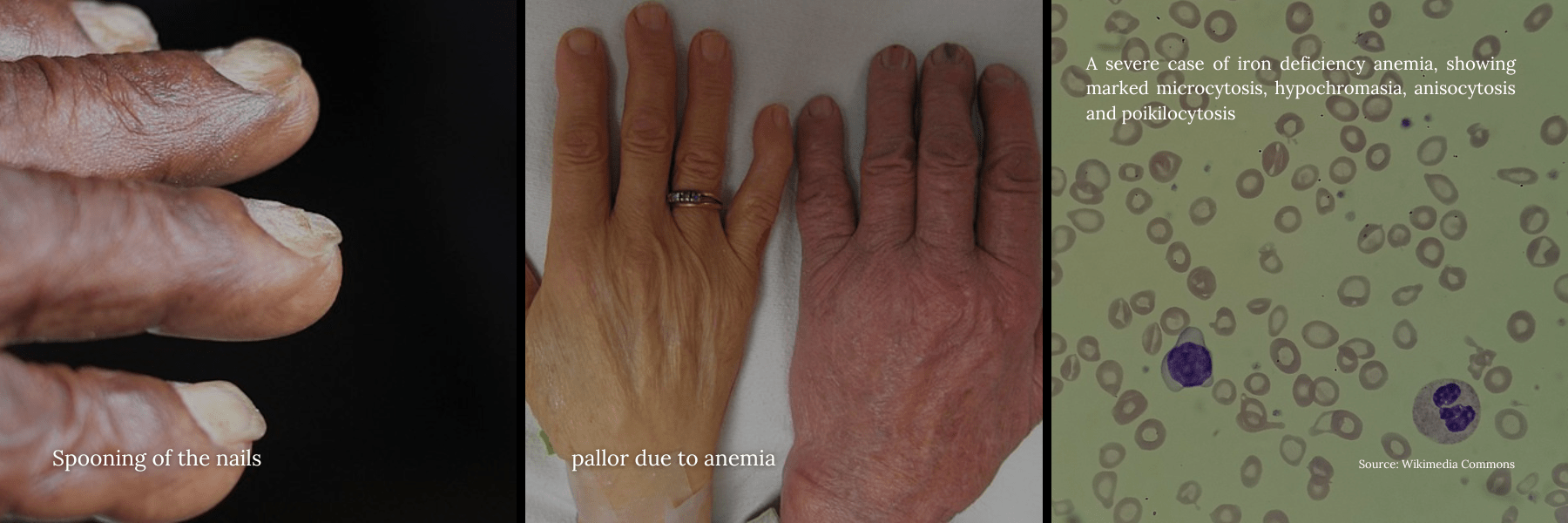
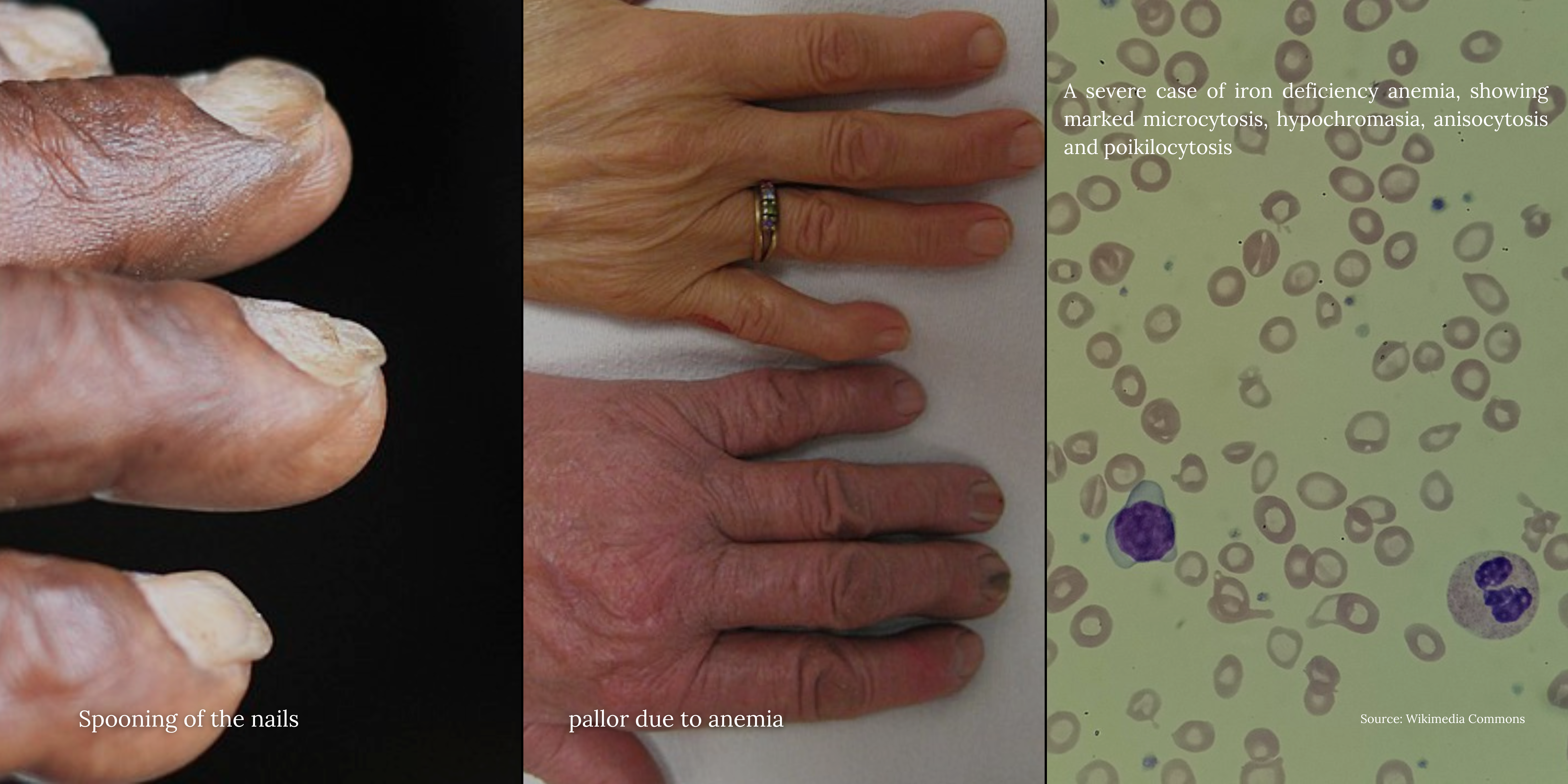
Iron Deficiency Anemia (IDA)
Have you been feeling weak often lately, your nails are chipping and have the urge to eat chalk? These are the signs of iron deficiency anemia which are frequently overlooked. Even though IDA is fully treatable and can be easily reversed, it remains the most common anaemia and nutritional disorder worldwide.
This paradox, where high prevalence exists despite effective treatment, poses a significant challenge to public health efforts, especially in underdeveloped nations. Extreme blood loss, frequent pregnancies, inadequate diet, malabsorption of iron in the gut, malaria and hookworms are some of the major causes leading to IDA. It impairs children’s cognitive development, reduces adult productivity, and exacerbates maternal mortality rates.
However, being attuned to the signs of IDA can be a crucial step in safeguarding your health. Look out for:
Fatigue and Weakness: Persistent tiredness and a lack of energy even after adequate rest.
Pale Skin and Nail Beds: Reduced haemoglobin levels can lead to pale skin and spoon-shaped nails.
Shortness of Breath: Difficulty in breathing, especially during physical exertion.
Headaches and Dizziness: Insufficient oxygen supply to the brain may cause headaches and dizziness.
Unusual Cravings: A sudden urge to consume non-food items like chalk or dirt – a condition known as pica.
Solving the global problem:
A diverse diet enriched with Iron-rich foods: Incorporating a variety of iron-rich foods into our diet is paramount. Including lean meats, legumes, dark leafy greens, and fortified cereals can help boost our iron reserves.
Vitamin C boost: As mentioned earlier, combining non-heme iron sources with vitamin C-rich foods like citrus fruits, bell peppers, and broccoli enhances absorption. Consider having a spinach salad with strawberries or lentils with a squeeze of lemon.
Limiting foods that inhibit iron absorption: Certain substances, like calcium supplements, and tannins in tea and coffee can hinder iron absorption. Therefore, it’s advisable to avoid consuming them alongside iron-rich meals.
Cooking in Cast Iron Cookware: Preparing meals in cast iron pots can subtly increase the iron content in our food, especially if it contains acidic ingredients like tomatoes.
Supplementation: In severe cases, when diet modification fails to combat the situation, iron supplements prescribed by a healthcare professional may be necessary.
Regular Check-ups: Routine blood tests can help monitor iron levels and detect deficiencies early.
“While iron is a vital nutrient, it is important to note its metallic nature. Excessive iron consumption can result in its accumulation within the body, potentially leading to toxicity. Hence, it's prudent to consult a doctor for personalized guidance and recommendation.”
A word of caution
Conclusion
Iron, the unsung hero of our nutritional needs, wields unparalleled influence over our health and well-being. Its deficiency doesn’t just affect individuals, it ripples through communities and nations. Addressing this deficiency is not merely a personal endeavour, it’s a global responsibility.
Embracing the significance of iron in our daily lives is akin to fortifying the very foundation of our health. By understanding its pivotal role, incorporating a diverse range of iron-rich foods, and being vigilant for signs of deficiency, we empower ourselves to lead vibrant and energetic lives. Let us embark on this journey towards optimal health, propelled by the deep-seated impact of iron on our holistic wellness.
- NIH National Library of Medicine
- Lippincott Biochemistry

Author: Dr Phalguni Wadhwa
- Nutrition And Diet
- Health Updates
- Medicine

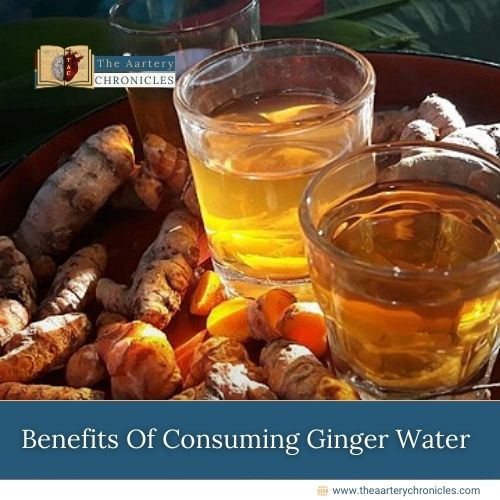
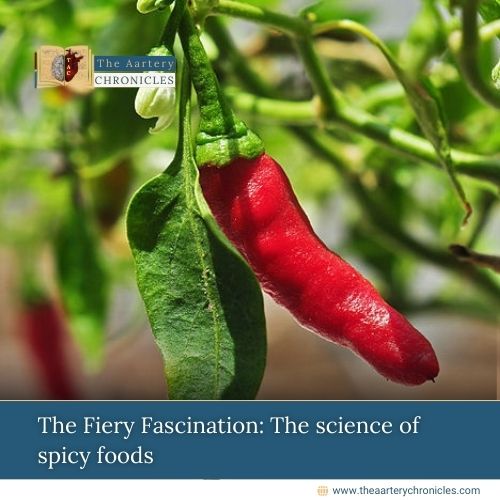
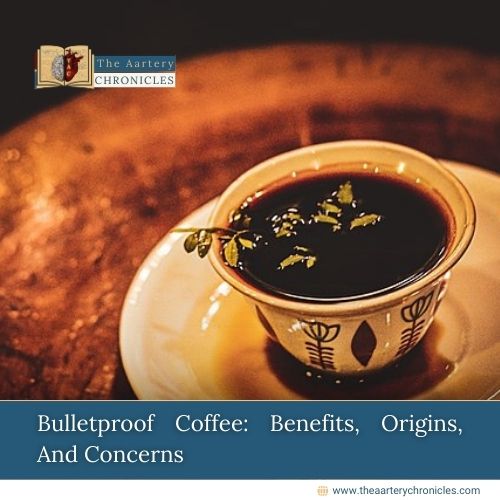
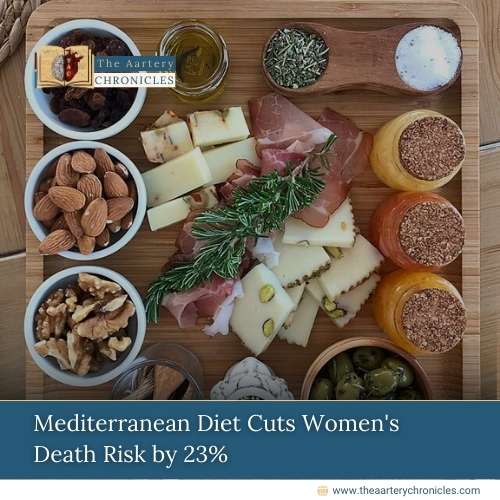
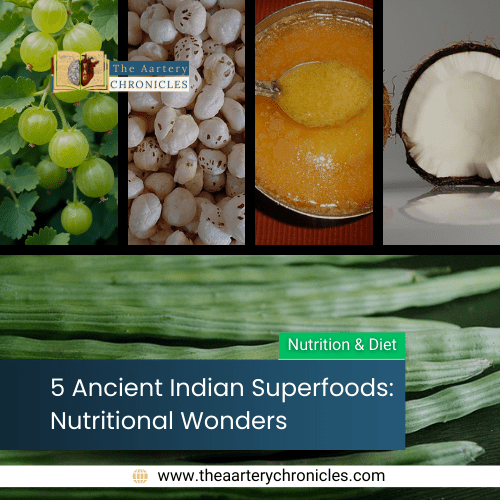
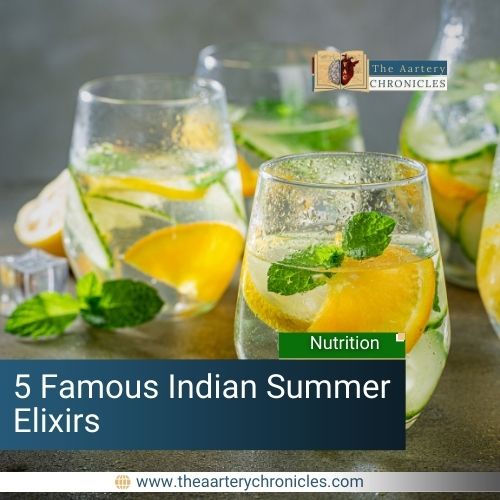
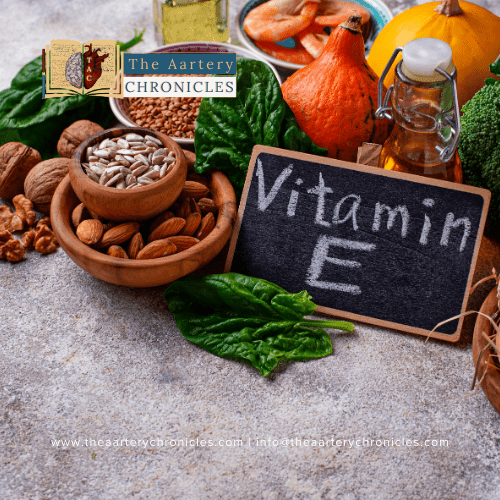
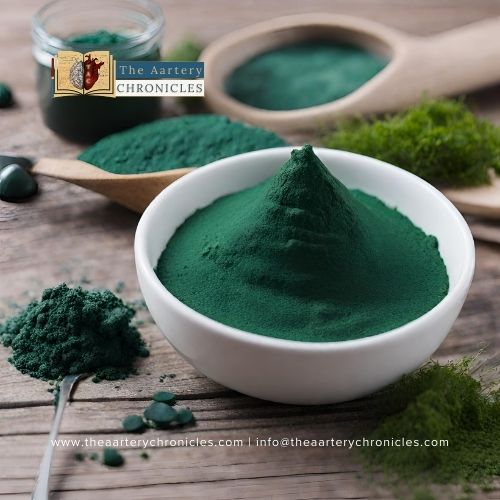
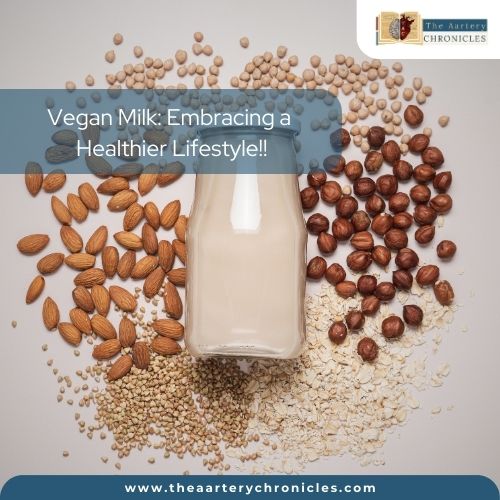

What about mouth ulcers ? Are they also a sign of iron deficiency?
Well written, btw.
That’s a very good question. So, Oral ulcers are usually a sign of vitamin deficiencies, excluding traumatic and infective mouth ulcers. However, recurrent oral ulcers in females can be due to iron deficiency anemia, and it may be accompanied with other signs like pale gums, mettalic taste in mouth. Hope that cleared your doubt. Thank you for read and your valuable feedback.
Thanks for sharing a valuable information on iron deficiency.